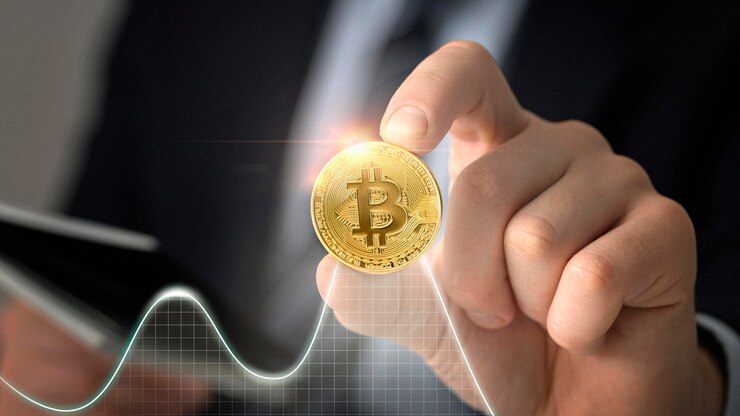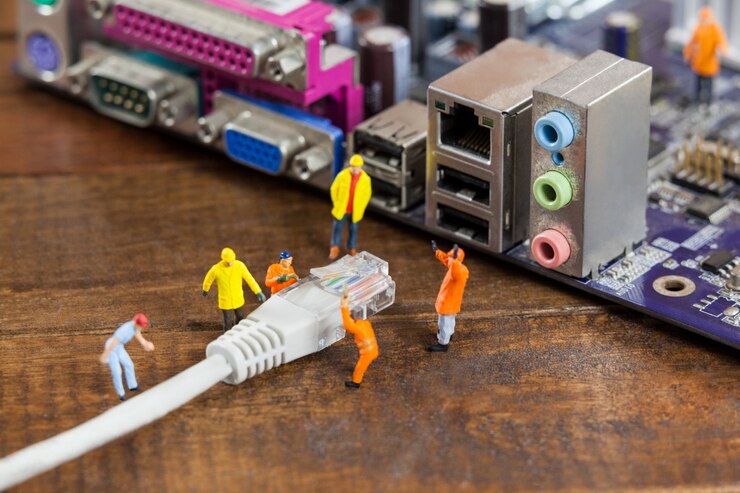Blockchain has become a hot topic in recent years, often linked to cryptocurrencies like Bitcoin and Ethereum. However, many people still find it difficult to grasp what blockchain really is and why it’s such a revolutionary technology. In this article, we’ll break down blockchain in simple terms, explore how it works, and highlight its real-world applications beyond just digital currencies.
What is Blockchain?
At its core, blockchain is a digital ledger that records transactions in a secure, transparent, and decentralized way. Unlike traditional databases controlled by a single entity, blockchain distributes data across a network of computers, ensuring that no single party has full control.
Each record or “block” contains transaction data, a timestamp, and a unique code called a cryptographic hash. These blocks are linked together in a chronological sequence, forming a “chain.” Once a block is added to the blockchain, it becomes nearly impossible to alter, making the system highly secure and tamper-proof.
How Does Blockchain Work?
- Transaction Initiation – A user initiates a transaction (e.g., sending cryptocurrency or recording an agreement).
- Validation – A network of computers (nodes) verifies the transaction using a consensus mechanism like Proof of Work (PoW) or Proof of Stake (PoS).
- Block Formation – Once verified, the transaction is grouped with others into a block.
- Adding to the Chain – The new block is linked to the previous one, creating a permanent, unchangeable record.
- Finalization – The transaction is now officially recorded, and the ledger is updated across all network participants.
Key Features of Blockchain
✅ Decentralization
Unlike traditional financial or business systems controlled by central authorities, blockchain distributes power among all network participants, reducing the risk of manipulation or fraud.
✅ Transparency
Every transaction on a public blockchain is visible to all participants, ensuring accountability and reducing the chances of corruption.
✅ Security & Immutability
Since blockchain records are encrypted and stored across multiple computers, hacking or altering data is nearly impossible. Once a block is added, it remains unchanged.
✅ Smart Contracts
Blockchain allows for self-executing contracts, called smart contracts, which automatically execute transactions when predefined conditions are met. This eliminates the need for intermediaries and reduces costs.
Real-World Applications of Blockchain
📌 Cryptocurrency & Payments – Blockchain is the backbone of cryptocurrencies like Bitcoin and Ethereum, allowing peer-to-peer transactions without banks or third parties.
📌 Supply Chain Transparency – Companies use blockchain to track products from production to delivery, ensuring authenticity and reducing fraud in industries like food, fashion, and pharmaceuticals.
📌 Healthcare – Medical records stored on blockchain ensure privacy, security, and seamless data sharing among healthcare providers.
📌 Voting Systems – Blockchain-based voting can create a transparent and tamper-proof election process, reducing fraud and increasing trust.
📌 Intellectual Property & Copyright – Musicians, artists, and content creators use blockchain to prove ownership and receive fair compensation for their work.
Challenges & The Future of Blockchain
Despite its many advantages, blockchain still faces challenges, including scalability issues, regulatory concerns, and high energy consumption (especially with Proof of Work mechanisms). However, advancements in layer-2 solutions, eco-friendly consensus mechanisms, and blockchain interoperability are addressing these challenges.
With growing adoption in finance, healthcare, logistics, and even government systems, blockchain is poised to transform the way we conduct business and secure digital transactions.
Final Thoughts
Blockchain is much more than just the foundation of cryptocurrencies—it’s a revolutionary technology with the potential to reshape multiple industries. By understanding its core principles, we can unlock new opportunities for a more secure, transparent, and decentralized digital world.



